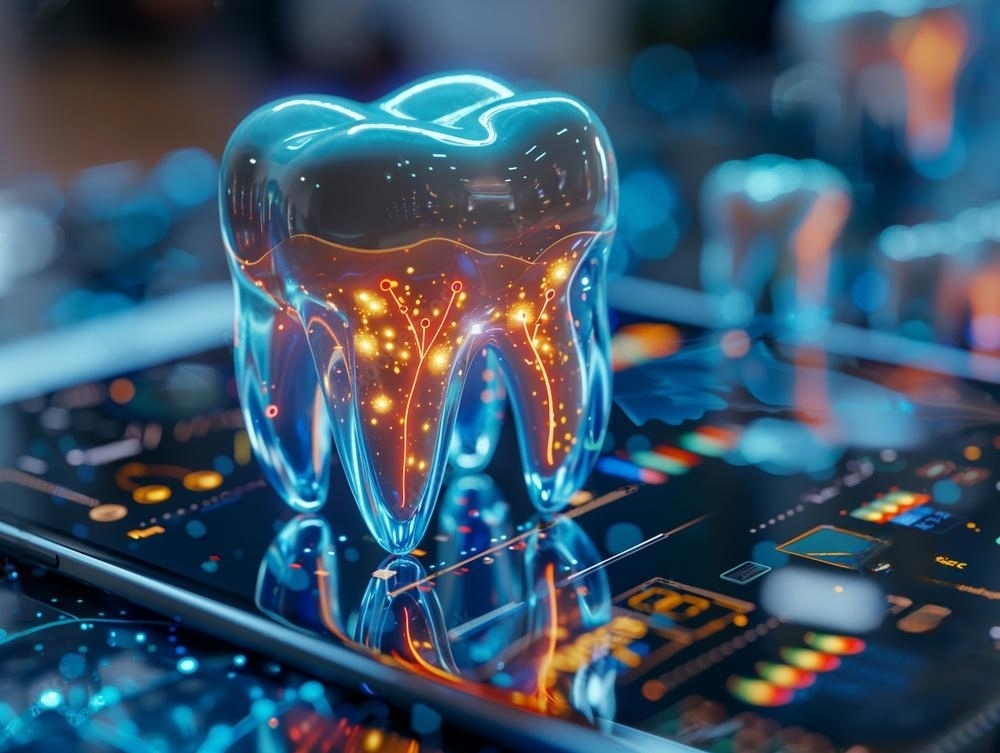Introduction: Gone are the days when dental offices relied solely on appointment books and manual tools. As technology rapidly evolves, dental practices are transforming their IT infrastructure to enhance both patient care and operational efficiency. From cloud-based patient management systems to AI-powered diagnostics, let’s explore the incredible ways in which dental IT infrastructure is advancing and what it means for both dental professionals and their patients.
1. Cloud-Based Patient Management Systems One of the most significant advancements in dental IT infrastructure is the adoption of cloud-based patient management systems. These platforms allow dental offices to store patient records, appointment schedules, billing information, and treatment plans securely in the cloud.
Benefits:
- Easy Access to Patient Data: Dentists can access patient records anytime, from anywhere, allowing them to review case histories even when not in the office.
- Enhanced Collaboration: Multiple dental practitioners can collaborate seamlessly on a patient’s treatment plan, whether they are located in the same office or across different locations.
- Improved Security: MSPs (Managed Service Providers) ensure data is stored securely with encryption and regular backups, protecting sensitive patient information from cyber threats.
2. Digital Imaging and 3D Printing Advances in digital imaging, such as intraoral cameras, 3D scanners, and cone beam computed tomography (CBCT), have revolutionized dental diagnostics. These tools enable more precise treatment planning, helping dentists detect potential issues that were previously difficult to spot.
Key Technologies:
- Intraoral Cameras: Provide real-time, high-definition images of a patient’s mouth, offering better visualization and enabling early detection of issues.
- CBCT Scanners: Offer 3D views of teeth, bone structure, and soft tissues, making dental implant planning more accurate.
- 3D Printing: Custom crowns, dentures, and orthodontic devices can now be produced on-site with 3D printers, speeding up treatment times and improving precision.
3. TeleDentistry and Virtual Consultations Telehealth isn’t just for medical doctors; it’s also becoming increasingly popular in dentistry. Teledentistry platforms allow patients to connect with their dentists through virtual consultations, providing an extra layer of convenience for patients who may not require an in-office visit.
Advantages:
- Patient Convenience: Patients can receive expert advice from their dentist without having to leave home, reducing the need for unnecessary trips to the clinic.
- Expanded Reach: Dentists can provide services to remote or underserved areas where access to dental care may be limited.
4. AI-Powered Diagnostics and Treatment Plans Artificial intelligence (AI) is making its mark in the dental industry by providing faster and more accurate diagnoses. AI-powered software can analyze dental X-rays to detect cavities, gum disease, and other oral health issues that might be overlooked by the human eye. Additionally, AI can help in creating personalized treatment plans by considering a variety of factors like a patient’s history, lifestyle, and risk factors.
How AI Benefits Dental Practices:
- Speed and Precision: AI can quickly analyze thousands of dental images, offering a second opinion and catching problems early.
- Efficiency: Dentists can spend more time focusing on patient care while AI handles the heavy lifting of diagnostics.
5. Cybersecurity in Dental IT As dental offices transition to digital platforms, the need for robust cybersecurity measures becomes more critical. Practices hold vast amounts of sensitive patient data, making them attractive targets for cybercriminals. Managed Service Providers play an essential role in safeguarding these systems by offering comprehensive security solutions, such as firewalls, encryption, multi-factor authentication, and continuous monitoring for breaches.
The Importance of Cybersecurity:
- Protecting Patient Privacy: Ensuring compliance with regulations like HIPAA to protect patient data.
- Preventing Cyberattacks: MSPs can implement security protocols that protect against ransomware and data breaches.
- Securing Remote Work: As more dental professionals work remotely, MSPs ensure that secure access to dental software and patient records is maintained.
Conclusion: The advancement of technology in dental IT infrastructure is revolutionizing the way dental practices operate. From cloud-based systems and AI-driven diagnostics to teledentistry and enhanced cybersecurity, these innovations are making dental care more efficient, secure, and accessible. Practices that invest in these advancements not only improve patient care but also streamline operations, ensuring a modern, patient-centric experience.
Whether you’re a dental professional looking to optimize your IT infrastructure or a patient benefiting from these cutting-edge tools, the future of dental care is undoubtedly brighter—and more digital—than ever before.







